Since first contact was established, humanity has had to accept that it is by no means a completely unique occurrence in the universe. Many sentient species exist across the stars; varying in culture, comprehension and ability. While some may seem familiar, others are so distant from the old perception of what it means to be sentient that they may not seem like a legitimately self-aware being.
Each Alien Species has it’s Advantages and Disadvantages; their Skills and Weaknesses. Each lends itself towards different gameplay styles. Regrettably there are more Aliens Species that exist in this world than there are currently statted and playable. For this reason, this page and how it is organized may change over time.

Playable Aliens
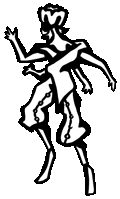 | Fay … The aloof and colorful “Space Elves” who live in politically complex polygamous units. They are infamous for the commonalities they share with humanity, as well as the distinct differences that set them apart. |
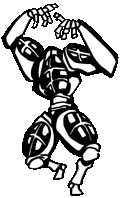 | Neb … Tin-can suit jellyfish who hail from the cold vacuum of space. They struggle with socializing but excel at the intricacies of managing and maintaining space craft; even as bullets bounce off their armor. |
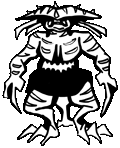 | Purr … Genetically Engineered servants, of exceptional fortitude, now freed to roam space on their own. They carry the secrets of their Makers while fighting to become independently-minded. |
 | Saurian … Cunning, cold-blooded, violent serpents that hold to a strict honor code with savage brutality. They can barely grasp technological concepts, yet greatly surpass others in cultural understanding and diplomacy. |
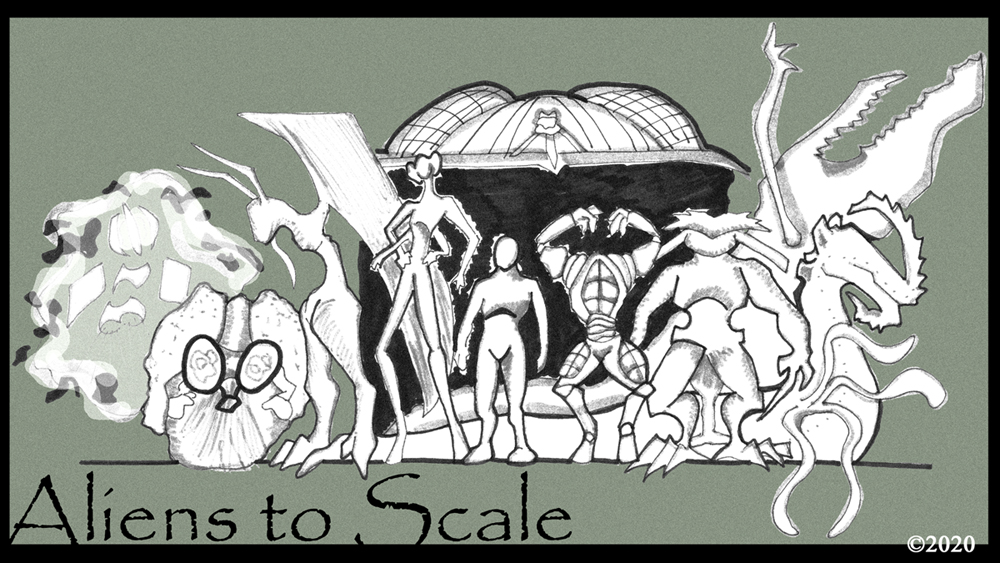
Non-Playable Aliens
 | Distoe … Industrious, narcissistic and enterprising slime creatures that thrive on waste products. |
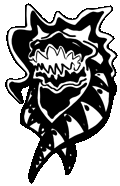 | Acitox … Voracious bacteria super-organisms that can shape-shift at will and melt down most materials through touch. |
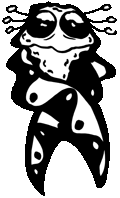 | Que … Rapidly evolving fungus that attempts to duplicate what surrounds it, even sentient beings, through subconscious observation. |
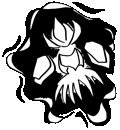 | Omrah … Levitating robotic life forms, with a soul made of energy, that can exist as a collective or singular consciousness. |
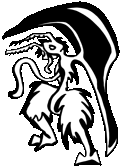 | Agen … Short-lived canyon runners with primitive, yet emerging, telekinetic healing abilities. |
 | Snakah-Saurians … Close, physically stronger, cousins of the Saurians who possess an intense sense of curiosity. |
 | Makers … Telepathic, Telekinetic, ancient and isolated secret keepers that linger at the edge of known space. |

Alien Species FAQ
Q: Will all the Aliens eventually be playable?
A: Probably not. Think of it like the monsters in other role play games; not all of them have a player character option. Part of this reason is that we don’t want to over-commit ourselves and the other part is that some of the Aliens would be near impossible to balance as playable characters.
Q: In this setting; are certain Aliens more common then others?
A: It’s difficult to say in this setting which species is more common overall, but it is easier to estimate when you think in more regional, or relative, terms; Fay are always the most numerous aliens in environments either meant for or originally founded by humans. Due to similar biology they will always be drawn to the same places humans are. Meanwhile Omrah, Agen and Makers are much more uncommon because they don’t share as many environment preferences with humans. To give a completely different example; humans are least common in places originally meant for Distoe or Neb, as neither alien requires what we consider breathable air and so don’t supply it in their domains.
Q: On Planet O-oot; which Aliens are more adapted to this planet?
A: Humans and Fay are the most easily adapted to living on O-oot, however they are not the strongest or fastest or smartest options. The current alien species available to play are all capable of living on the surface of O-oot and can competently contribute to the party. However, some of them will carry with them unusual limitations that are important to keep in mind.
Q: Which Aliens are the LEAST adapted to Planet O-oot?
A: Of the playable aliens, Neb stand as the most handicapped aliens to play as on O-oot. This is because they are space invertebrates; which means they are wearing a reverse space suit while on the planet’s surface. Though they do fortify their suits to function as armor, a Neb could easily die if their suit was breached and not able to seal within a certain period of time. Without getting into details here, there is a window of time where a Neb can survive exposure to a planetary atmosphere and gravity, but it’s an incredibly risky situation.
